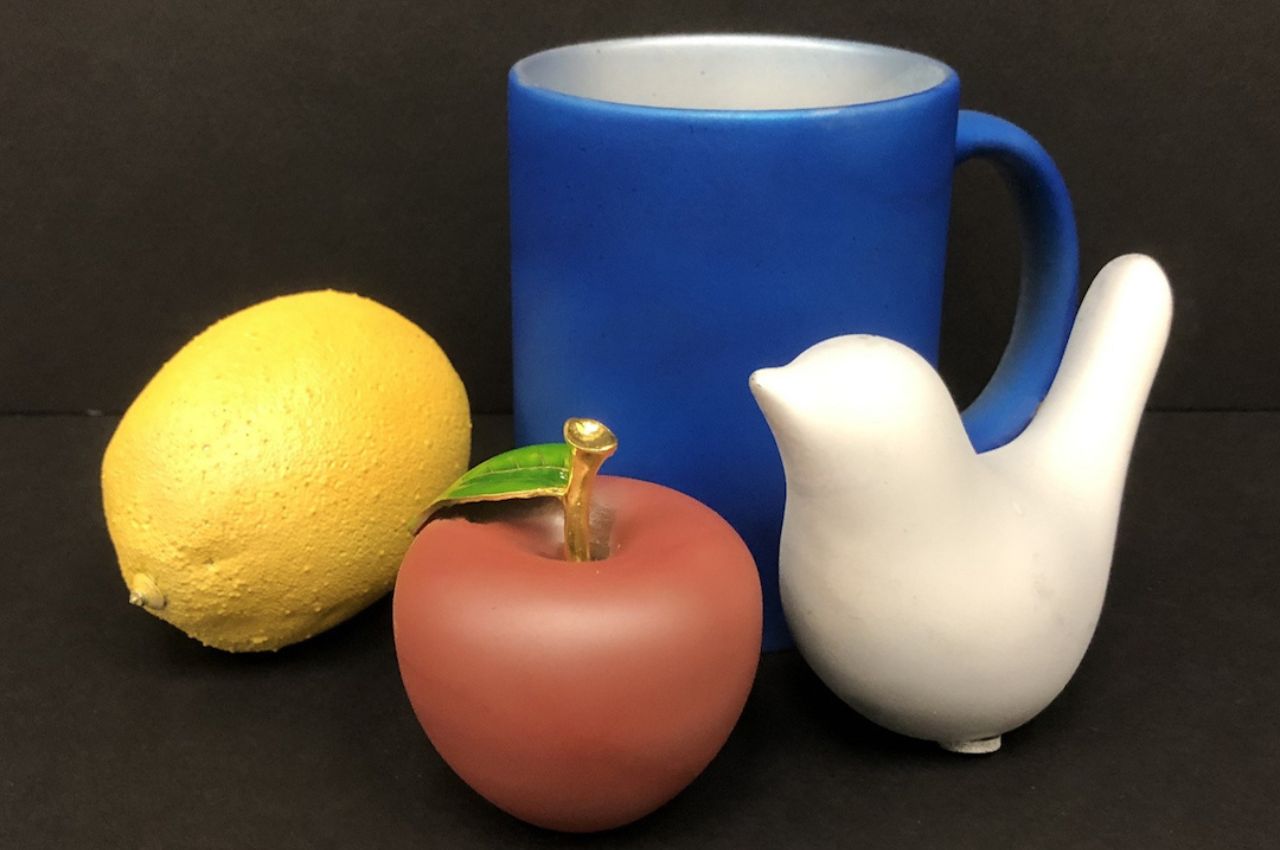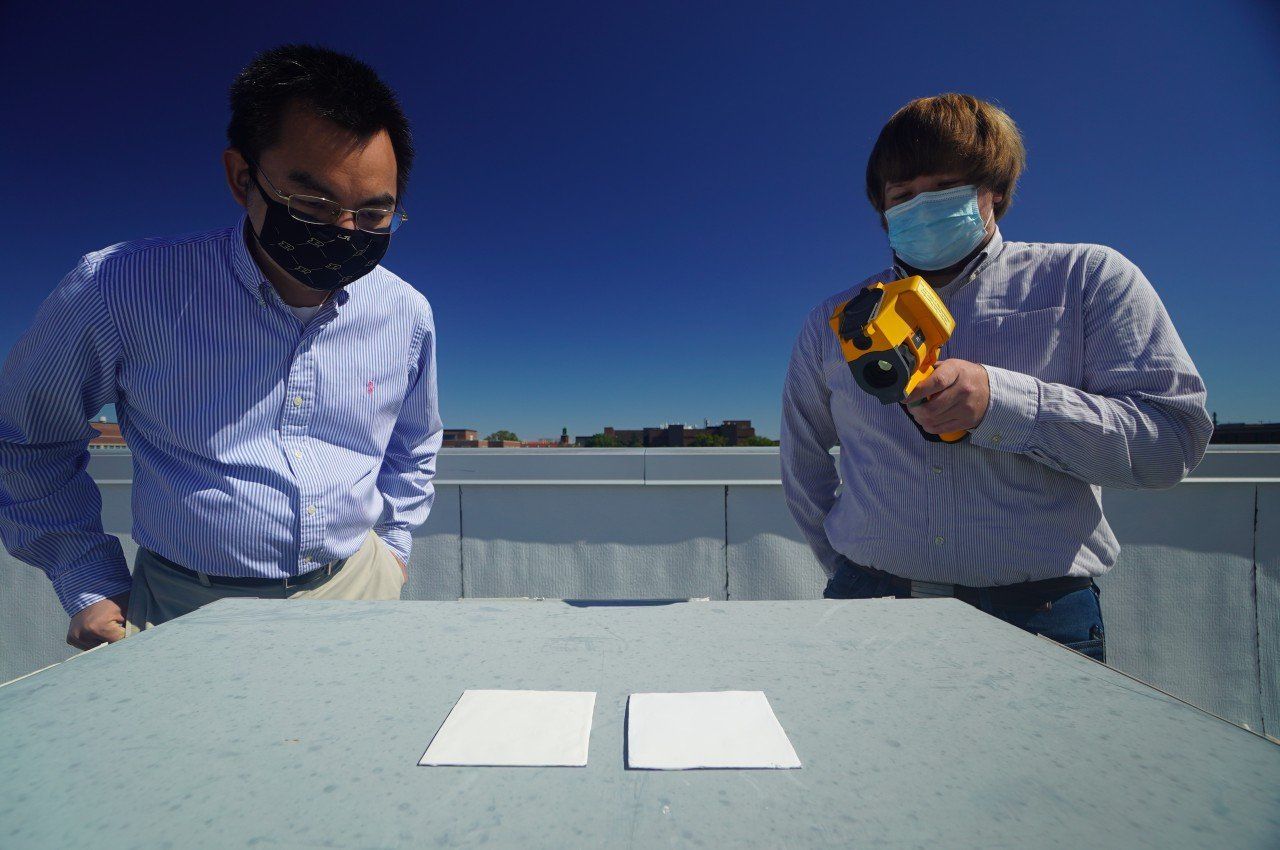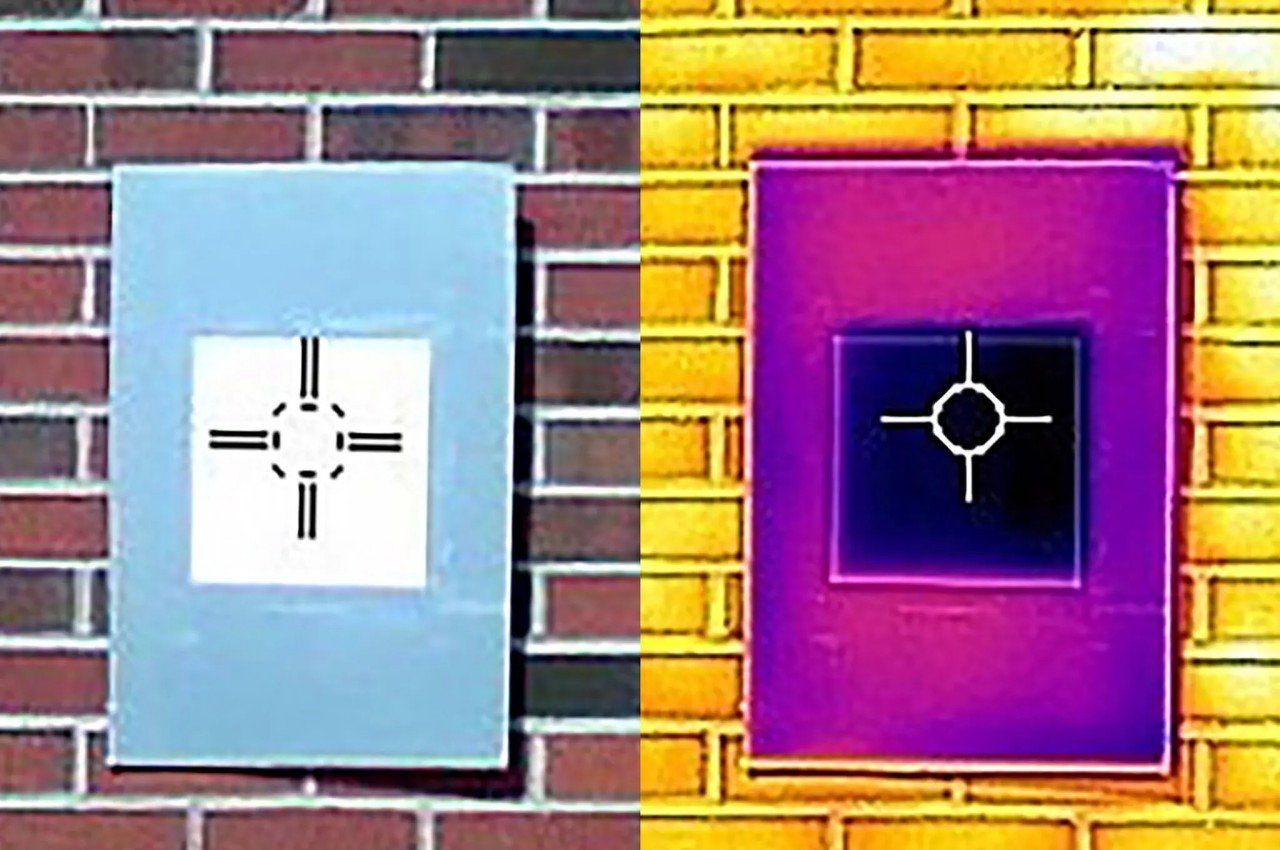
The interplay between color, light, and temperature has long been a subject of scientific exploration. The colors we perceive are the result of how objects absorb and reflect light, with white being the most reflective and black being the least. Harnessing this science, researchers at Stanford University have pioneered an eco-friendly solution to regulate indoor temperatures and significantly reduce energy consumption, providing a promising alternative to traditional air conditioning systems. This breakthrough comes at a critical juncture, as the global demand for cooling and heating places immense strain on energy resources and contributes to greenhouse gas emissions.
Designer: Stanford Research Team
I am someone who lives in Dubai and don’t even get me started about how hot it gets here throughout the year, and in the summers, it’s honestly unbearable. Living in hot climates like Dubai often means facing sweltering summers where air conditioning becomes a necessity rather than a luxury. However, the environmental consequences of heavy air conditioning usage cannot be ignored. There are many such cities with a similar issue especially with the global temperatures rising. Isn’t it so ironic that the medium we use (AC) to cool our environment momentarily, increases the temperatures in the longer run? In response to this dilemma, scientists have been tirelessly working to develop innovative solutions, and one such breakthrough is the newly invented range of paints from Stanford University.
In October of the previous year, researchers at Purdue University made headlines with their iteration of the world’s whitest paint, reflecting a remarkable 97.1% of the sun’s rays. Building on this achievement, the team at Stanford University has gone a step further by creating a palette of colors, including orange, yellow, blue, and white. This collection of pigments is designed to regulate temperatures, making spaces cooler during summer and warmer in winter, thus reducing the need for excessive heating and air conditioning.

The significance of this invention cannot be understated. Currently, heating and cooling consume around 13% of the world’s energy, contributing to approximately 11% of global greenhouse gas emissions. The innovative paints developed by Stanford researchers are poised to address this energy challenge head-on, substantially reducing energy consumption and environmental impact.
Key to the success of these paints is their unique composition. Unlike conventional paints, these new colors employ a dual-layer design. The bottom layer utilizes aluminum flakes to create an infrared reflective surface, while an ultrathin, infrared transparent upper layer is made from inorganic nanoparticles. This innovative structure allows the paint to reflect a significant portion of high mid-infrared light, a major contributor to heat absorption. This dual-layer design has practical implications for both cooling and heating. For instance, when applied to exterior walls and roofs, the paint reflects sunlight, preventing heat buildup. Conversely, when applied to interior walls, the lower layer reflects infrared waves, helping to retain heat within the space.
Tests have demonstrated the remarkable effectiveness of these paints. In cold conditions, energy usage for heating was reduced by 36%, while in warm conditions, cooling energy requirements were decreased by nearly 21%. This level of energy savings has the potential to revolutionize the way we approach climate control in buildings and vehicles.

One of the most appealing aspects of these paints is their aesthetics. Unlike traditional low-emissivity paints that are limited to white, metallic silver, or gray, this new range offers a variety of colors. The infrared transparent upper layer enables a broader spectrum of hues, allowing for energy-efficient designs that do not compromise on appearance. This development is particularly important for architecture and design, where aesthetics play a significant role in building construction and urban planning.
Importantly, the new paints are also durable and versatile. Both layers of the paint are water-repellent, ensuring stability even in humid environments. Cleaning painted surfaces is a breeze, requiring nothing more than a wet cloth or water flushing. Moreover, these paints have demonstrated resilience in extreme conditions, from high temperatures to acidic environments, without compromising their performance or appearance.
As this revolutionary technology continues to evolve, the research team is committed to further refining the paint formulations for real-world applications. They are exploring the possibility of replacing organic solutions with water-based alternatives, which would enhance eco-friendliness and commercial viability.
In conclusion, the innovative paints developed by scientists at Stanford University hold the promise of transforming the way we approach temperature regulation in buildings, vehicles, and beyond. By harnessing the power of color and light reflection, these paints offer an environmentally friendly solution to the growing energy consumption associated with heating and cooling. As we continue to strive for sustainable living, such groundbreaking innovations provide a glimmer of hope for a cooler, greener future.







